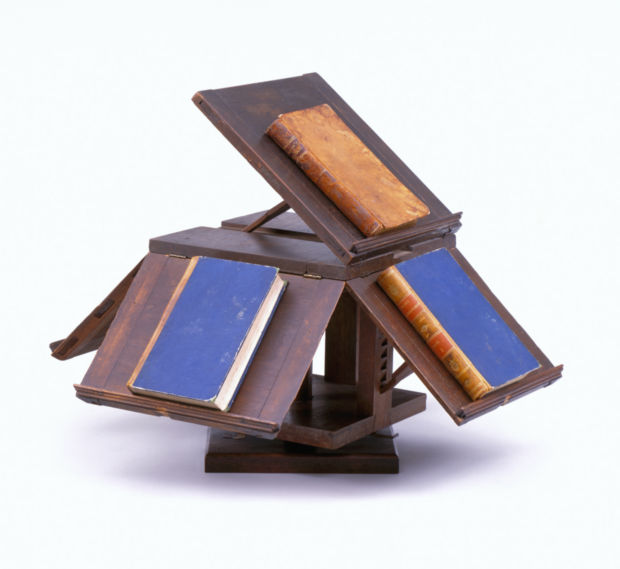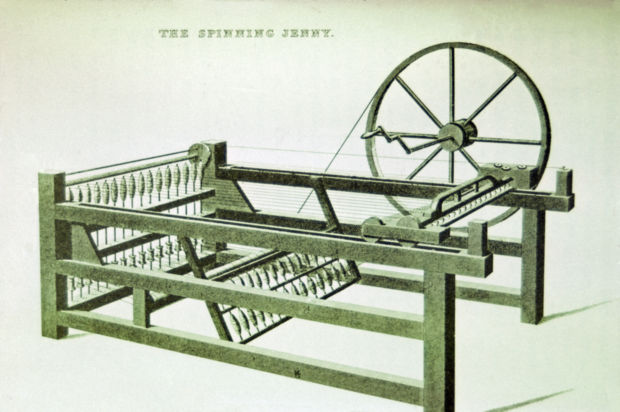Enslaved Craftsmen
Reading Level: Elementary School

Slave dwellings and worksites once stood along tree-lined avenue close to the main Monticello house.
Mulberry Row is a 1,000 foot ‘street’ at Monticello. It was named for its mulberry trees. Many skilled slaves worked on Mulberry Row. In 1796, there were log and stone homes and storage sheds for wood, charcoal and iron along Mulberry Row. There was a wash house, smokehouse, dairy, blacksmith shop/nailery, joinery, carpenter’s shop, and dairy.
Blacksmiths
In the blacksmith shop, enslaved workers made shoes for horses. They repaired tools and made parts for guns, and wagons. They crafted axes, bridle bits, and spoons. Joe Fossett, a slave, was in charge of the blacksmith shop for twenty years. He shod horses and sharpened tools for Monticello as well as for neighborhood farmers.
Nailers
Nail making was added to the blacksmith shop in 1794. Young boys, ten to sixteen years old, made the nails. The nails were sold to neighborhood shops and farms. The boys could make about 10,000 nails in one day.
Nailrod is a metal used to make nails. It is made of long, thin lengths of iron. The nailers heated and hammered the iron over hot coals. They shaped the points and shafts. When the nails were finished, they dropped them on the dirt floor to cool. In summer the nail boys worked a fourteen-hour day. They swung their hammers more than 20,000 times each day as they cut and headed one thousand nails.
Joiners
A joiner makes doors, windows and woodwork. Jefferson hired white joiners to build Monticello. They taught joinery skills to the slaves. The enslaved craftsmen helped make Monticello’s moldings, doors and floors.
In 1809, John Hemmings, an enslaved carpenter, ran the joinery. He was a “first-rate” worker. He made furniture, including a dressing table and chairs, and a writing desk for Jefferson. David Hern, another skilled woodworker, made gates and wheelbarrows. He built cabins and farm buildings.
Weavers and Spinners
Enslaved women and girls worked as weavers and spinners. They were able to make “2000. yds. of cloth a year.” The cloth was used to make clothes for the slaves.
Young girls used a carding machine to prepare the raw fiber. The older girls used spinning jennies to spin the yarn. They used looms to weave the cotton, hemp and wool into cloth.
In 1815, thirteen women and children worked in the shop. Jefferson wrote that he had “three spinning jennies agoing.” They worked nine hour-days in January. They worked fourteen hour-days in June.
Coopers
Coopers made and repaired barrels. The Monticello coopers and their helpers were slaves. Two cooper shops were built near the mill at Shadwell. At the mill, wheat was ground into flour. It was shipped in the barrels to Richmond.




